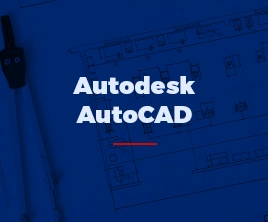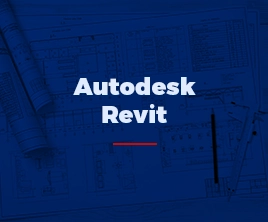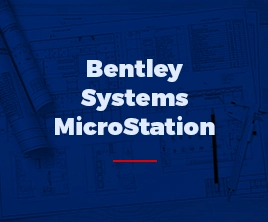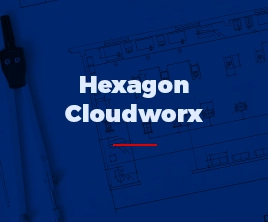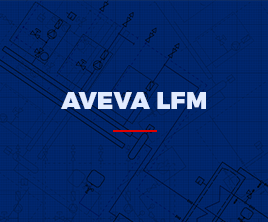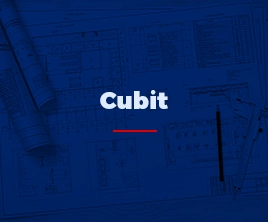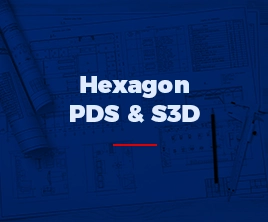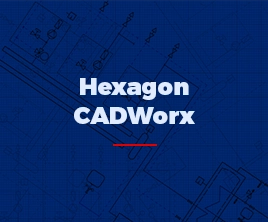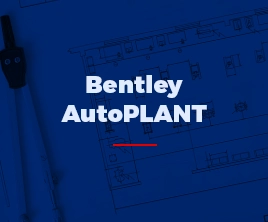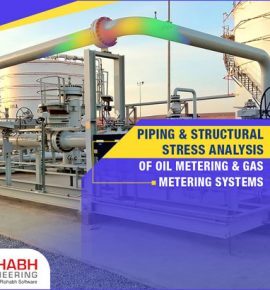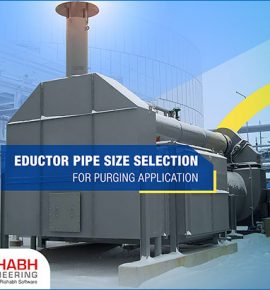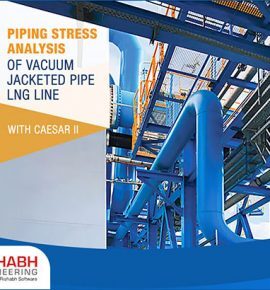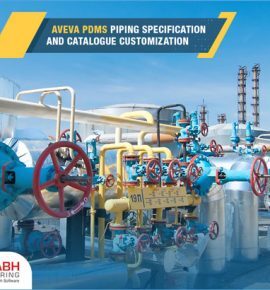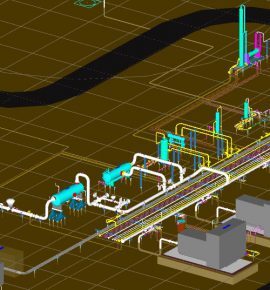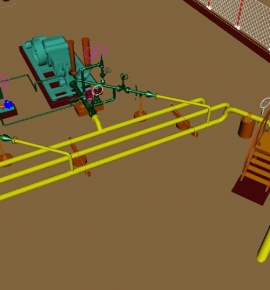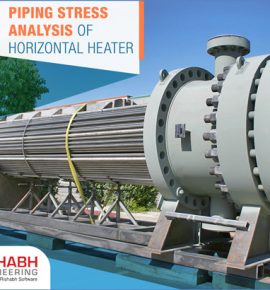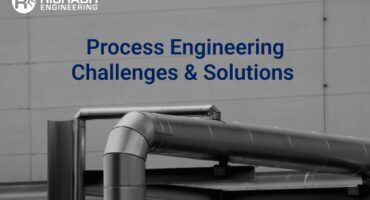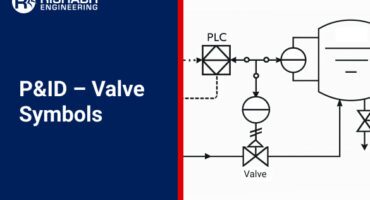Point Cloud to 3D Modeling
Rishabh Engineering offers precise point cloud to 3D model services, with extensive experience of converting point cloud data for customers from the oil & gas industry. Our experienced team comprises of engineering and CAD designers with expertise in 3D CAD modeling. They study the point cloud file and further create precise plant 3D laser models from scanned point cloud data in various formats, such as .pptx, .pcg, .xyx, .dwg, .dgn, .rvt, and .fls files.
Our team can translate as-built data captured into millimeter-accurate 3D CAD models as 3D laser scans for industrial plants with using advanced software tools, such as Autodesk AutoCAD, Autodesk Revit, Leica Cyclone, Bentley Systems MicroStation, Hexagon Cloudworx, AVEVA PDMS, and Dassault Systems’ SolidWorks.
Software / Tools/ Technology
Industries Served

Oil & Gas

Petrochemical & Refinery

Energy & Utility

Specialty Chemical

Manufacturing

Water & Waste Water Treatment
Industry Codes and Standards adhered to by our Designers
BEST APPLICABLE INDUSTRY STANDARDS

10,000
Man-Hours of Project Executed

10+ Years
Of Team Experience

ISO 9001 & 27001
Certification
Service Offerings
We offer a highly experienced team at Rishabh Engineering capable of successfully converting the point cloud to 3D models and CAD based on the customer requirement. It includes the conversion of 3D modeling with the required hardware and software to help owners and operators mitigate risk and fulfill project requirements.
Point cloud processing is available at two different levels for conversions to the 3D model:
- To produce documentation, visualization, and training materials for plant 3D laser scanning
- At the design level (reverse engineering)
Our team conducts special technical investigations with licensed engineers for industrial reverse engineering of point cloud data into existing CAD software with expert know-how and handles mission-critical engineering assignments in record time.
Workflow for Point Cloud To CAD Modeling Services:
- Data are captured using a laser scanner. Multiple scans are taken from various angles to ensure the entire site is covered, and targets help join the individual lines.
- Our team receives this point cloud file and starts working on generating the accurate 3D model using Autodesk AutoCAD or Autodesk Revit software.
However, the resulting scanned files are in point format, which has no practical application. Our service offering, therefore, includes the conversion of point cloud data to 3D model formats based on customer requirements. The resulting 3D CAD model file includes topography, buildings, structural, piping, equipment, packages, and more, in a precise manner, as per the received scanned data.
Ready to Get Started?
What to expect when you work with us
Our expert team translates the as-built data of 3D CAD Models with millimeter precision as 3D laser scans using industry leading tools & software. It results in helping the owners and operators to minimize risks & fulfill project needs.
Our licensed engineers and designers provide point cloud to 3D modeling services with great details & handle mission-critical engineering assignments in a record time frame.
Our customer service is available round the clock to solve your queries. So, don’t hesitate to reach out to us anytime.
Based on the previously prepared plans, we remodel the design focusing on safety and regulations. We also recommend suggestions to scale and maintain the plant operational activities using modeled plant worker.
CUSTOMERS FEEDBACK
Our Recent Projects
Connect with us for all your engineering design needs
US Toll-Free Phone
+1-877-747-4224
India Phone
+91 8511122697
Drop Us An Email
sales@rishabheng.com
Our Offices
USA, UK & India (Head office)
